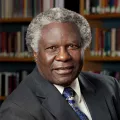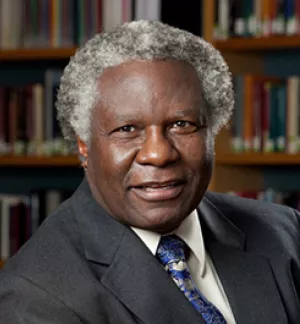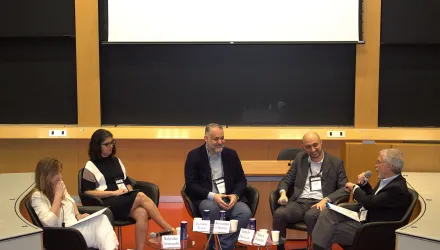Overview
Executive Summary
As the African Union develops its long-term agenda 2063 for the continent, science, technology and innovation will play a bigger part in development goal setting, especially in the context of social and economic growth.
In 2014, the African Union established the Science, Technology and Innovation Strategy for Africa 2024 (STISA–2024). It is the first phase of a ten-year strategy that places science, technology and innovation at the epicentre of the African Union’s outlook for the continent as envisioned in its “Agenda 2063.” The strategy aims to address the challenges that hinder development in critical sectors such as agriculture, energy, environment, health, infrastructure, mining, security and water. The strategy is anchored in six distinct priority areas that contribute towards the African Union vision and includes four strategic action areas to be undertaken.
The strategy aims to enhance the implementation of science, technology and innovation programs across the continent through increased technical skills and institutional capacity, promotion of economic competiveness by fostering entrepreneurship and innovation, stronger protections for intellectual property and improvements to research and innovation infrastructure.
Implementation of STISA–2024 will take place at all three levels in the continent. At the national level, member states should incorporate the strategy into their National Development Plans. At the regional level, Regional Economic Communities, regional research institutions, networks and partners should leverage the strategy to design and coordinate initiatives. At the continental level, the African Union Commission, NEPAD Agency and partners should advocate and create awareness; mobilize necessary institutional, human and financial resources; track progress; and monitor implementation.
The programs rolled out under STISA–2024 will be monitored and measured regularly. Data analysis, annual reports and regular progress reviews will be important management tools for the entire science, technology and innovation ecosystem in the continent.
While there are conventional mechanisms for funding research, development and innovation in existence, it’s essential that STISA–2024 partners establish efficient, effective and coordinated financing mechanisms to implement the strategy. The African Union and its partner institutions will mobilize and coordinate resources to provide technical support to help develop and implement national and regional plans and priority programs. The African Union member states and regional economic groups will take a lead role to mobilize public, private and donor resources to ensure coordinated program implementation.
Juma, Calestous, and Ismail Serageldin, "Rebooting African Development: Science, Technology and Innovation Strategy for Africa," Science, Technology, and Globalization Project Report, July 2016.




